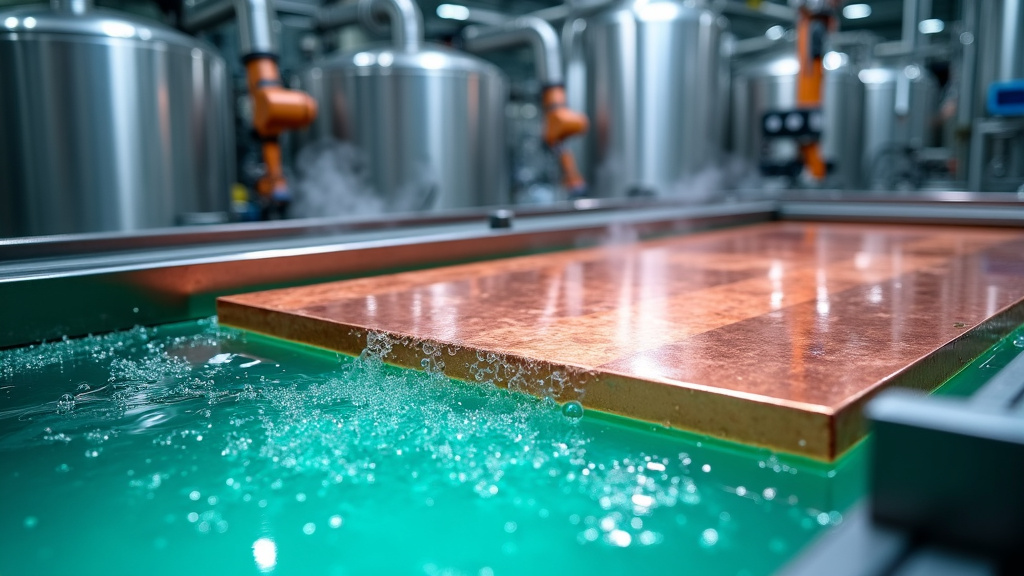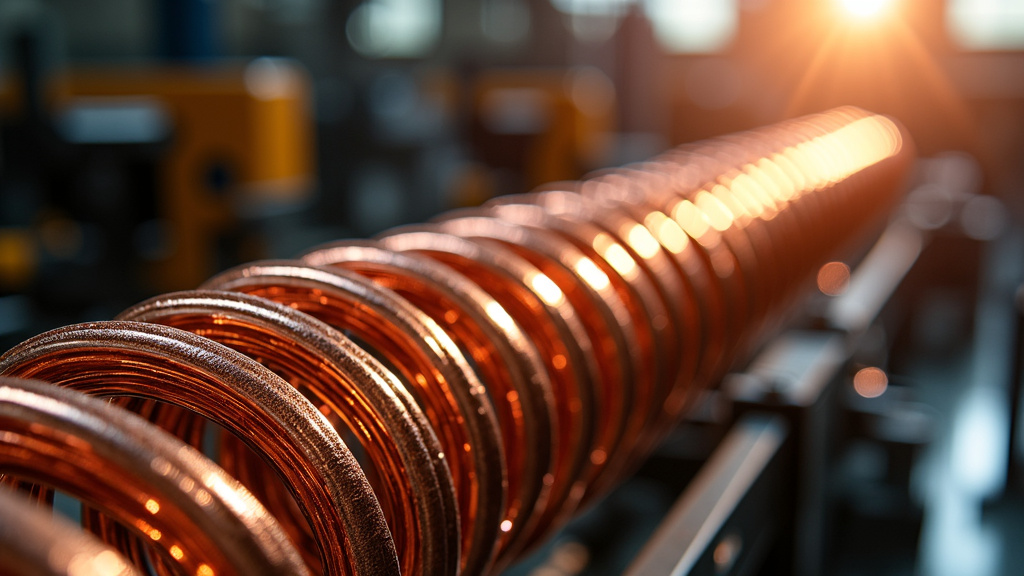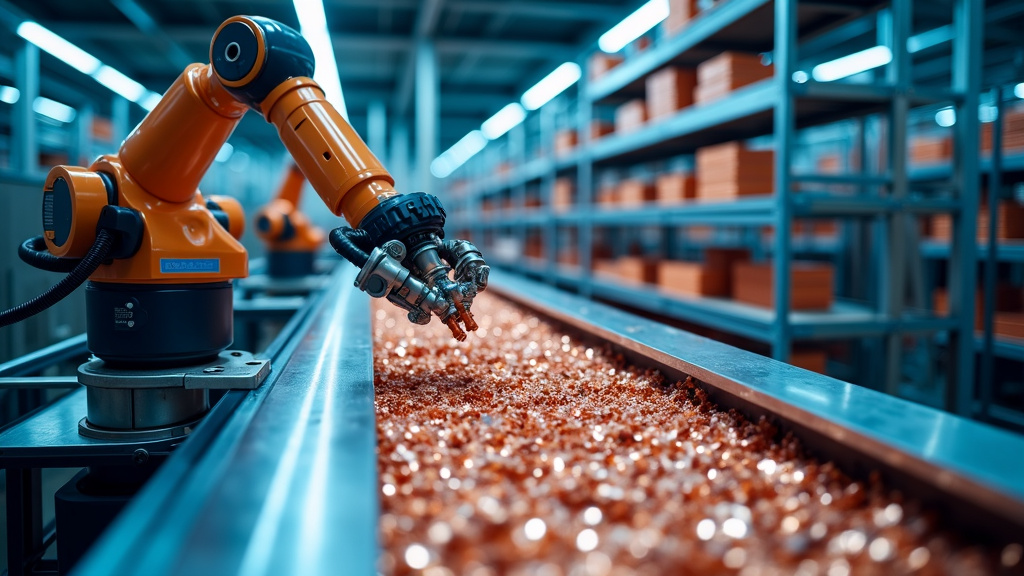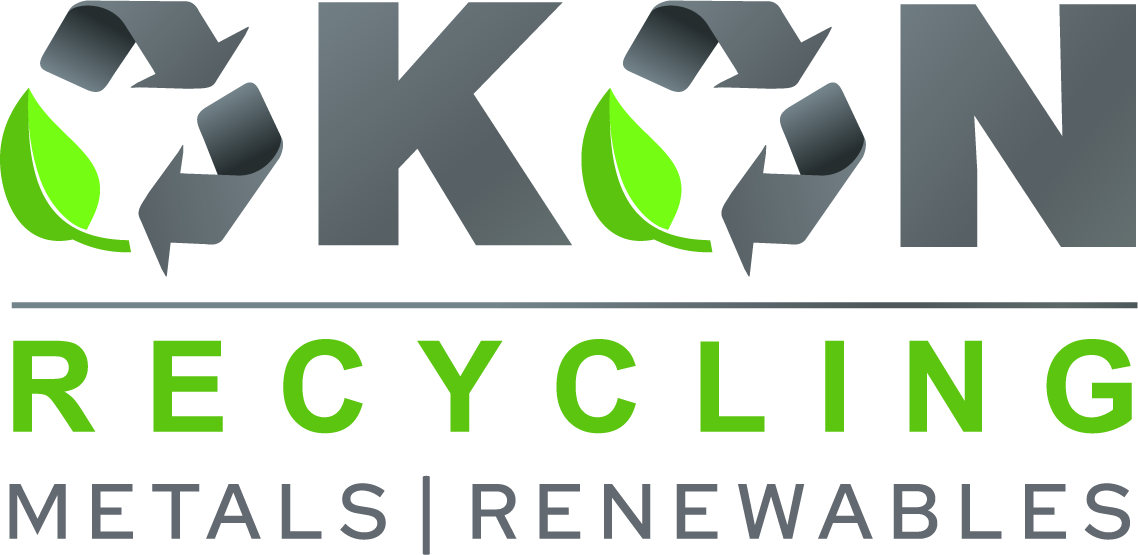5901 Botham Jean Blvd, Dallas, TX 75215
Innovations in Copper Recovery: Revolutionizing Metal Recycling
March 21, 2025Did you know the average electric vehicle contains about 180 pounds of copper? This essential metal, often called ‘the new oil’ due to its critical role in green technologies, is central to our transition to a sustainable future. As demand increases, innovations in copper recovery are transforming the metal recycling landscape, offering hope for conservationists and industrialists alike.
The copper recycling industry is on the verge of significant change. Traditional methods, while effective, have struggled with efficiency and environmental concerns. Now, cutting-edge technologies are emerging to tackle these challenges directly, promising not just to recover more copper but to do so in ways that are cleaner, faster, and more economically viable than ever before.
From advanced leaching processes that can extract copper from low-grade ores once considered unprofitable, to sophisticated separation techniques that recover the metal from complex electronic waste, these innovations are redefining possibilities in metal recycling. As we explore these groundbreaking advancements, we’ll see how they’re not just improving recycling processes but also significantly contributing to conservation efforts and reducing the environmental impact of copper production.
Advanced Extraction Techniques in Copper Recovery

The world of copper recycling has transformed significantly in recent years. Modern recovery methods now employ advanced technologies that enhance efficiency and sustainability. These techniques have opened new possibilities for extracting copper from sources previously considered unviable.
One innovative approach in copper recovery is bioleaching, which uses microorganisms to extract copper from low-grade ores. Certain bacteria can oxidize sulfide minerals, releasing copper ions into solution. This method is particularly effective for processing ores once deemed too poor in copper content for traditional extraction methods.
Another impactful technique in copper recycling is solvent extraction, which uses organic chemicals to selectively separate copper from other metals in solution. Solvent extraction is especially useful for dealing with complex mixtures, such as those found in electronic waste.
The Role of Electrowinning in Copper Recovery
Electrowinning represents the final stage in many modern copper recovery processes. This technique uses electricity to deposit copper from solution onto cathodes, producing high-purity copper metal. It’s an efficient method that can achieve copper purities of up to 99.99%.
The combination of solvent extraction and electrowinning, known as SX/EW, has transformed copper recovery from low-grade ores and waste materials. This process allows for the extraction of copper from solutions previously considered too dilute for economic recovery.
One exciting application of these advanced techniques is in the recycling of electronic waste. As our reliance on electronic devices grows, so does the e-waste we produce. These discarded devices contain significant amounts of copper and other valuable metals.
By applying bioleaching, solvent extraction, and electrowinning to e-waste processing, we can recover a much higher percentage of copper than traditional methods allowed. This not only reduces the environmental impact of electronic waste but also helps conserve natural resources by decreasing the need for primary copper mining.
The efficiency of these modern techniques is remarkable. For instance, some studies have shown that bioleaching can recover up to 98% of copper from certain types of electronic waste. This level of recovery was unthinkable just a few decades ago.
Moreover, these advanced extraction methods often have a smaller environmental footprint compared to traditional pyrometallurgical processes. They typically require less energy and produce fewer emissions, aligning well with the growing focus on sustainability in the mining and recycling industries.
Looking to the future, the continued development and refinement of these techniques promise even greater advancements in copper recovery. From improving the efficiency of bioleaching organisms to developing more selective solvents for extraction, the field is ripe with potential for innovation.
The impact of these advanced extraction techniques extends beyond copper recovery. By making it economically viable to process low-grade ores and waste materials, these methods help extend the life of existing copper resources and reduce the need for new mining operations.
| Technique | Process | Recovery Rate |
|---|---|---|
| Bioleaching | Uses microorganisms to oxidize sulfide minerals, releasing copper ions into solution | Up to 98% from certain e-waste |
| Solvent Extraction | Uses organic chemicals to selectively separate copper from other metals in solution | High when combined with electrowinning (SX/EW) |
| Electrowinning | Deposits copper from solution onto cathodes using electricity | Up to 99.99% purity |
| Cu POX Leaching | Utilizes high-temperature oxidation to convert sulphide sulphur into sulphate and sulphuric acid | Up to 99% |
Ultimately, the advent of bioleaching, solvent extraction, and electrowinning has ushered in a new era in copper recovery. These techniques are not just incremental improvements; they represent a fundamental shift in how we approach metal recycling and resource conservation. As we continue to face challenges of resource scarcity and environmental sustainability, these advanced extraction methods will play a crucial role in shaping a more circular and efficient economy for copper and other valuable metals.
Environmental Benefits of Innovative Copper Recovery

As efforts to combat climate change intensify, the metal industry faces increasing pressure to reduce its environmental footprint. Innovative copper recovery processes offer a sustainable alternative to traditional mining practices, conserving resources and significantly diminishing the industry’s carbon footprint.
A key advantage of modern copper recycling methods is their energy efficiency. Research shows that recycling copper can reduce energy consumption by up to 85% compared to mining new copper. This substantial reduction in energy use leads to lower greenhouse gas emissions, mitigating the industry’s impact on climate change.
Water conservation is another crucial benefit. Traditional copper mining is water-intensive, straining local resources in arid regions. In contrast, advanced recycling techniques require significantly less water, preserving this vital resource for ecosystems and communities.
Reducing Harmful Emissions and Waste
The environmental advantages of modern copper recovery extend beyond energy and water savings. These processes also dramatically reduce harmful emissions associated with traditional mining and smelting operations. By minimizing the need for ore extraction and processing, recycling copper helps curb the release of sulfur dioxide, particulate matter, and other pollutants that can harm air quality and human health.
Furthermore, copper recycling plays a crucial role in waste reduction. Each ton of recycled copper represents material diverted from landfills or incinerators, conserving landfill space and preventing the leaching of heavy metals and other contaminants into soil and groundwater.
The circular economy approach exemplified by copper recycling aligns with sustainable resource management principles. By keeping copper in use longer and recovering it efficiently at the end of a product’s life, we can significantly reduce the demand for virgin ore extraction.
Comparative Environmental Impact
Consider some compelling statistics to appreciate the environmental benefits of innovative copper recovery. A study by the Fraunhofer Institute found that producing copper from recycled materials generates just 65% of the carbon dioxide emissions compared to primary production from ore. This translates to a reduction of approximately 40 million tons of CO2 emissions annually on a global scale.
Water usage tells an equally impressive story. While traditional copper mining can consume up to 70,000 liters of water per ton of copper produced, advanced recycling methods often require less than 20% of that amount. In regions facing water scarcity, this difference is critical for environmental sustainability and community well-being.
The environmental benefits of innovative copper recovery extend beyond the immediate process. By reducing the need for new mines, these techniques help preserve biodiversity and protect sensitive ecosystems that might otherwise be disrupted by mining activities. This holistic approach to resource management is essential for building a truly sustainable metal industry.
As we continue to develop copper recycling technologies, the environmental advantages will likely become more pronounced. From improved sorting techniques to more efficient smelting processes, ongoing innovations promise to further reduce the carbon footprint of copper production while maximizing resource recovery.
In conclusion, innovative copper recovery processes are crucial for a more sustainable and environmentally responsible metal industry. By dramatically reducing energy consumption, water usage, and harmful emissions, these techniques offer a path to meeting the growing demand for copper while minimizing ecological impact. Embracing and expanding these recovery methods will be essential for building a truly circular and sustainable economy.
| Aspect | Recycling | Traditional Mining |
|---|---|---|
| Greenhouse Gas Emissions | 58% to 81% less | 100% |
| Water Usage | 72% to 88% less | 100% |
| Energy Use | 77% to 89% less | 100% |
| Carbon Emission Reduction | Up to 93.3% with low-carbon electricity | Higher emissions |
| Supply Chain Impact | 4% of total emissions | 30% of total emissions |
The Future of Copper Recovery: Trends and Predictions

As we explore the future of copper recovery, we see a landscape rich with innovation. The industry is on the brink of a technological shift, with new technologies set to transform recycling and reclamation of this vital metal. Artificial intelligence and robotics, once considered futuristic, are now essential tools for more efficient and sustainable copper recovery.
These advancements are timely. Global demand for copper is rising due to the expansion of renewable energy infrastructure, electric vehicle production, and increasing use of electronic devices. To meet this demand while adhering to strict sustainability goals, the industry must adopt these advanced solutions.
Artificial intelligence is already impacting the sector, with machine learning algorithms optimizing sorting processes and predicting maintenance needs with remarkable accuracy. Meanwhile, robotics are transforming material handling, enabling 24/7 operations in environments unsafe for human workers. These technologies enhance efficiency and significantly reduce the environmental impact of copper recovery.
Looking forward, we expect more groundbreaking developments. Sensor-based technologies show great potential for improving the sorting and separation of copper from complex waste streams, though their use in copper recycling is still emerging. As these technologies advance, they could greatly increase recovery rates and purity levels, making recycled copper even more appealing to manufacturers.
The future of copper recovery involves more than just technological progress; it’s about fostering a more circular and sustainable economy. As the industry progresses, collaboration between recyclers, manufacturers, and technology providers will likely increase. This partnership is crucial for developing comprehensive solutions that address the entire lifecycle of copper products, from design for recyclability to end-of-life recovery.
At Okon Recycling, we are committed to leading these advancements. Our team constantly explores new technologies and methods to enhance our copper recovery processes, ensuring we meet today’s demands and prepare for tomorrow’s challenges. By embracing innovation and sustainability, we aim to secure a copper-rich future for generations.
As we stand on this technological frontier, the future of copper recovery is promising, sustainable, and full of potential. The innovations we see today mark the beginning of a transformative journey that will reshape the industry and significantly contribute to global sustainability efforts. We invite you to join us in this exciting future. Contact Okon Recycling at 214-717-4083 to learn more about our role in driving innovation in copper recovery and how you can be part of this sustainable movement.
